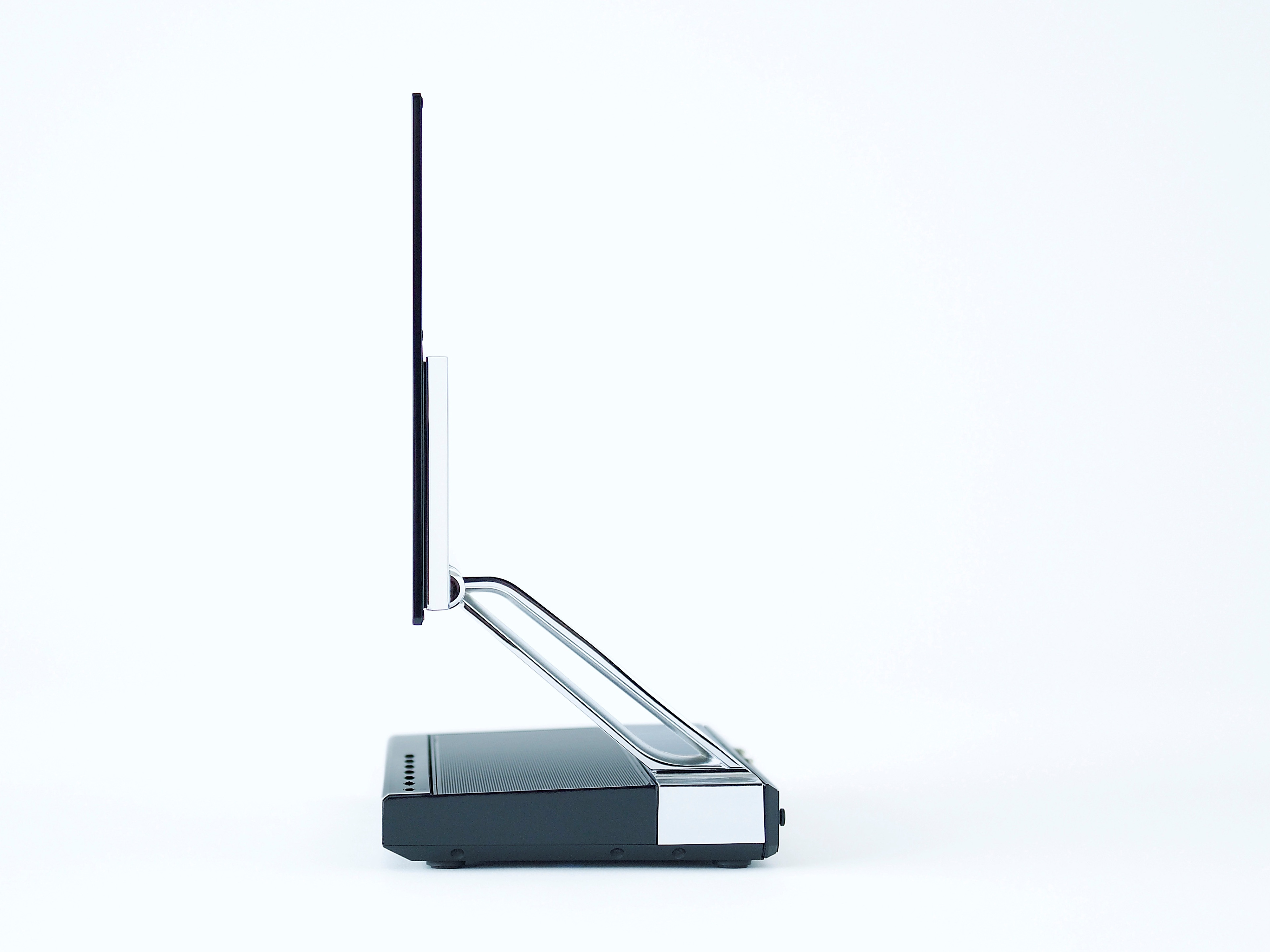Kodak extends OLED screen lifespans
Screens won't to start look funny for at least 65,000 hours

Organic light emitting diode (OLED) displays are the best bet to replace LCD screens in the years ahead - if it wasn't for their habit of fading and colour-shifting after just a few thousand hours.
But today Kodak announced that it has succeeded in making a new type of OLED - the snappily-monikered "Kodak OLED Material EK-GD403" - with a lifetime of over 65,000 hours.
OLEDs contain special organic thin-film materials that emit light when stimulated by an electrical charge, with no need for a backlight. This means they are much more power-efficient and lighter than today's liquid crystal displays.
OLEDs are viewable across almost 180-degrees and don't suffer from motion blur like most LCD screens. The new material uses 'green dopant' technology to boost lifetime, luminance and efficiency.
Filling the pipeline
"Kodak has made greater than 50% year-over-year improvements in OLED luminance efficiencies over the past few years, and we will continue to fill the pipeline with new innovation to ensure that Kodak OLED materials are ready for use in emerging large-market applications," said Corey Hewitt, Vice President at Kodak.
Market researchers DisplaySearch predicts the worldwide OLED market to grow to more than $17 billion (£10.8 billion) annually by 2015.
Get daily insight, inspiration and deals in your inbox
Sign up for breaking news, reviews, opinion, top tech deals, and more.
In addition, NanoMarkets predicts that the OLED solid-state lighting industry will grow to more than $5 billion (£3 billion) over the same time.
Mark Harris is Senior Research Director at Gartner.